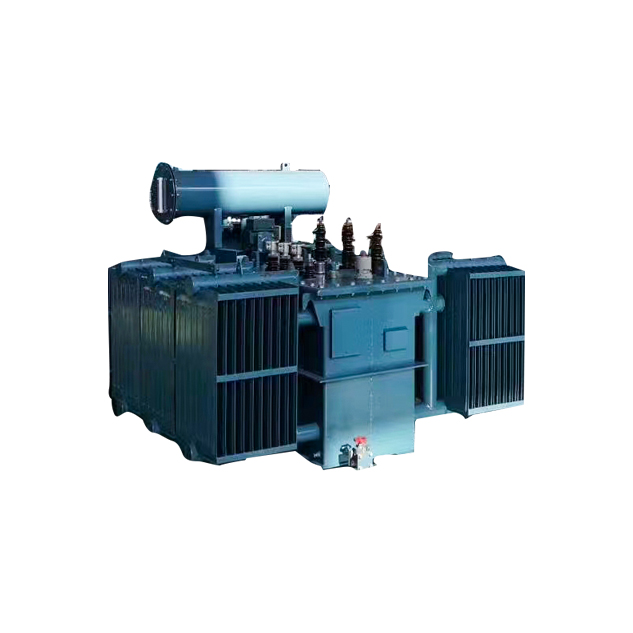Amorphous Alloy Oil-Immersed Three-Phase Transformer
200KVA 10KV
See DetailsIn high-capacity power conversion systems, managing harmonics is one of the biggest challenges, especially where medium voltage drives and high-power inverters are involved. A phase-shifting pulse rectifier transformer is a specialized solution designed not just to supply isolated voltage levels, but to actively support harmonic mitigation through deliberate phase angle displacement. By shifting the phase of secondary windings and combining outputs in multi-pulse configurations, harmonic currents cancel each other out significantly before reaching the grid, which results in cleaner input current and improved system efficiency.
The concept hinges on the principle of vector summation of harmonic components from multiple bridge rectifiers. In a 12-pulse setup, two six-pulse bridges fed by transformer windings with a 30-degree phase shift between them combine to eliminate certain low-order harmonics, most notably the 5th and 7th. When this concept is expanded to 18- or 24-pulse systems using more phase-shifted windings, even higher levels of harmonic suppression are achievable, often allowing systems to comply with IEEE 519 limits without the need for expensive active filters or reactor banks.

The transformer becomes a central design component—not just a voltage source, but a harmonic filter enabler. Selecting the correct vector group, designing accurate phase shifts, and ensuring load balance across multiple bridges all require deep coordination between transformer engineering and power electronics. That’s why a properly designed phase-shifting rectifier transformer is more than just an auxiliary component; it's an integral part of the harmonic control strategy in large-scale energy conversion.
In real-world operation, distorted current waveforms can cause unwanted heating in equipment, degrade insulation systems, and interfere with protection schemes. By applying a phase-shifting strategy through multi-winding transformers, system designers can address these problems at the source. This not only protects the inverter hardware and upstream power infrastructure, but also improves overall energy quality delivered to the load. That’s especially critical in industries relying on precise motor speed control or sensitive electronic processes.
A 3500KVA phase-shifting pulse rectifier transformer is commonly used in medium-voltage drives requiring a clean, stable input. At this rating, the impact of unmanaged harmonics could be costly—both in terms of energy loss and equipment lifespan. Through deliberate use of phase shifts—like ±15°, ±20°, or ±7.5°—engineers can create optimal pulse numbers for a given application. This tailoring is what allows transformer manufacturers like us to deliver not just a product, but a performance solution that directly supports customer goals of efficiency, compliance, and reliability.
It's worth noting that not all phase-shifting transformer designs are created equal. Core construction, leakage impedance, thermal behavior under harmonic-rich loads, and symmetry between winding sections are all critical to achieving the intended cancellation effects. That’s where manufacturer expertise plays a defining role. We bring hands-on design experience, real performance data, and application-specific customization to every rectifier transformer we produce, ensuring you get what your project truly needs—not just what's available off the shelf.
For anyone specifying rectification systems above 1000KVA, incorporating a phase-shifting pulse rectifier transformer isn’t just a technical preference—it’s a strategic advantage. With the right transformer configuration, you reduce harmonic pollution at the source, avoid costly mitigation equipment, and achieve long-term system stability. If you're planning a new installation or upgrading an existing one, we’d be glad to provide a technical recommendation that aligns with your performance and compliance targets.
Contact Us